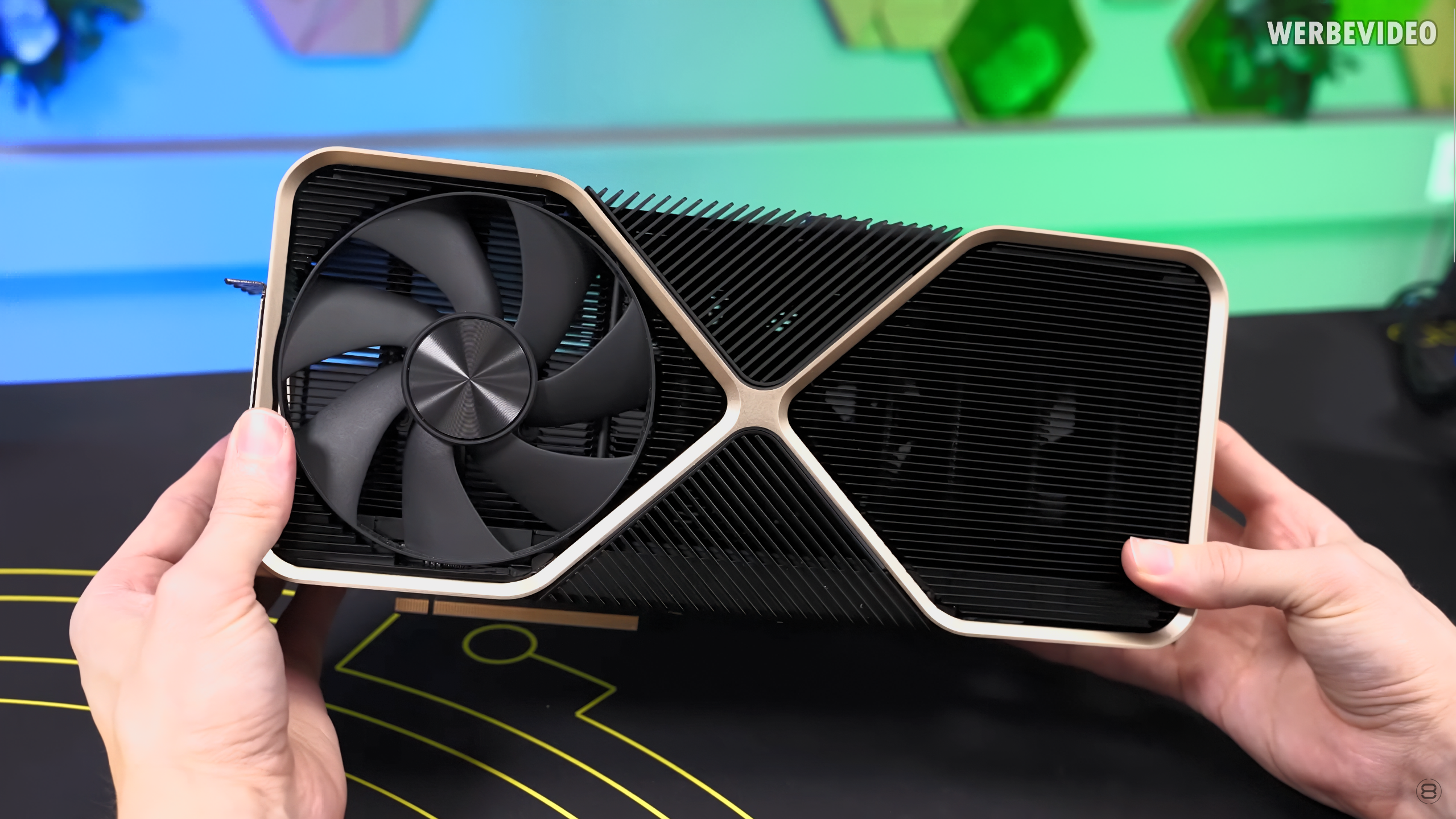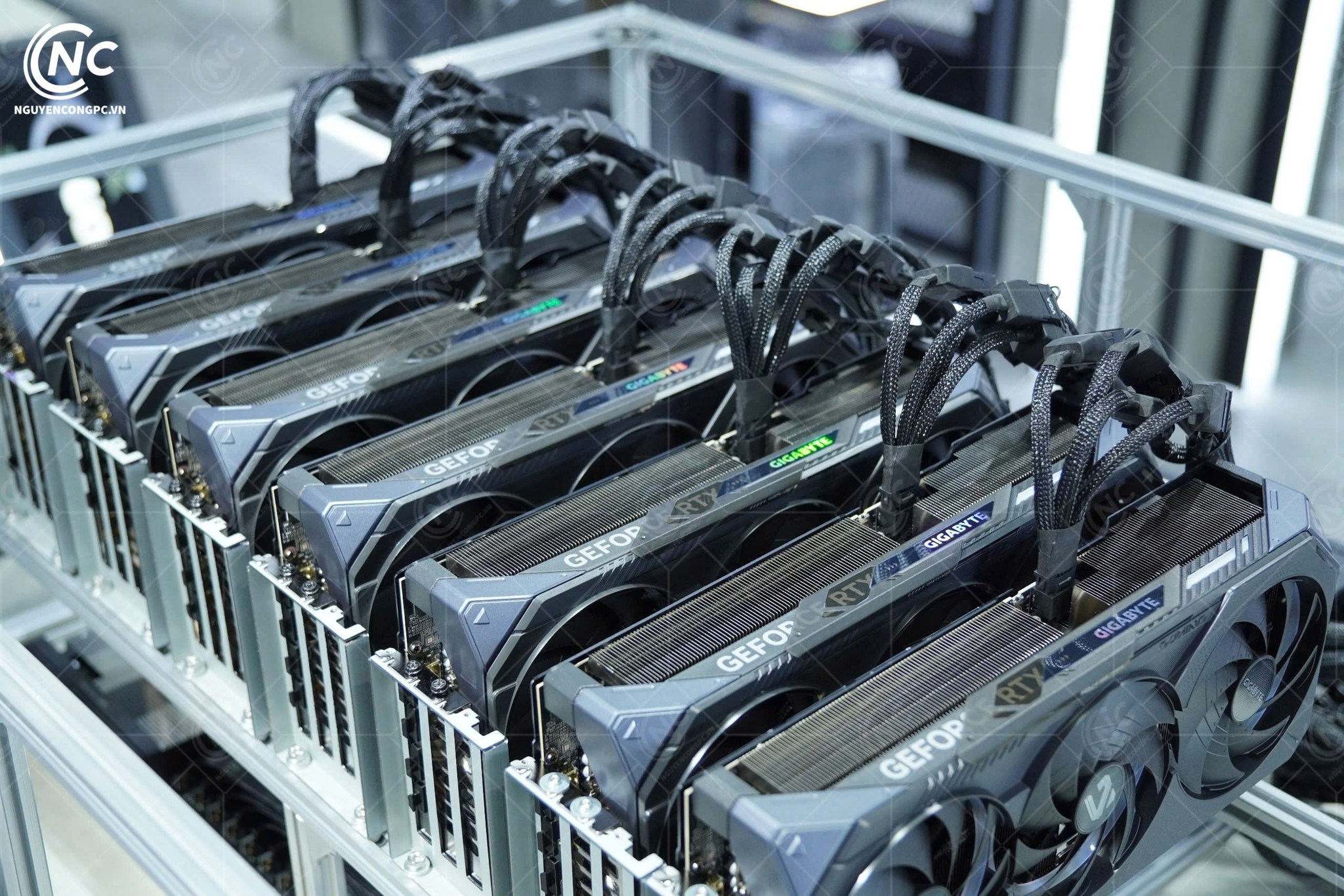## Hold onto Your Wallets, Gamers: RTX Pro 6000 Reigns Supreme, But Can You Afford the Throne?
Brace yourselves, because the gaming world just got a whole lot more exclusive. Tom’s Hardware has declared the RTX Pro 6000 the “new gaming king,” boasting performance so potent it’ll leave even the most seasoned veterans drooling. But here’s the catch: this digital titan comes with a hefty price tag that could make even Scrooge McDuck blush.

While the RTX Pro 6000 sets the bar for graphical power, the article throws a curveball by comparing it to the equally extravagant, all-gold Dhahab RTX 5090. Suddenly, the $10,000 price tag on the RTX Pro 6000 doesn’t seem so daunting. Could this be the ultimate “rich gamer” showdown?

VRAM: The Game Changer or a Gimmick?
The RTX Pro 6000 boasts a staggering 96GB of GDDR7 VRAM, dwarfing the 32GB found in even the most powerful consumer GPUs like the RTX 5090. This massive amount of memory raises the question: is it a genuine game-changer or just an expensive gimmick?
While 96GB of VRAM might seem overkill for current games, it opens up possibilities for the future. As games become more graphically complex, demanding higher texture resolutions, larger environments, and advanced AI, ample VRAM becomes crucial for smooth performance. The RTX Pro 6000’s generous memory capacity ensures it can handle these future demands, potentially providing a significant advantage over GPUs with less VRAM.
However, it’s important to note that current games rarely utilize even 32GB of VRAM. Most users won’t see a tangible performance difference from the RTX Pro 6000’s extra memory in today’s titles. This begs the question: is the hefty price premium justified solely for future-proofing?

The Price of Power
$10,000 vs. $2,000: Is the RTX Pro 6000 Worth the Splurge?
The RTX Pro 6000’s $10,000 price tag is undoubtedly steep, especially compared to the $2,000 cost of the RTX 5090. While the Pro 6000 delivers superior performance, the question remains: is the performance increase worth the significant financial investment for the average gamer?
Gamestanza’s analysis suggests that the RTX Pro 6000’s performance gains are substantial, particularly in demanding titles. However, these gains might not be noticeable to everyone, especially those who prioritize a more balanced budget.
Value for Money: Analyzing the Performance-Price Ratio
The RTX Pro 6000’s price-to-performance ratio is undoubtedly low. While it offers exceptional performance, the cost per frame is significantly higher compared to more affordable GPUs. This makes it a less compelling choice for budget-conscious gamers.
Alternative Spending Options: What Else Can You Get for $10,000?
A $10,000 budget opens up a vast array of possibilities beyond a single graphics card. Gamers could invest in a complete high-end PC build, including a powerful CPU, ample RAM, multiple storage drives, and a high refresh rate monitor. Alternatively, they could use the funds to acquire a top-of-the-line gaming console, a virtual reality setup, or even a gaming-optimized laptop.
The Noise Factor: A Royal Ruckus
Coil Whine Complaints: Is the RTX Pro 6000 Too Loud?
Reports from early adopters and tech reviewers, including the prominent TechTuber “der8auer,” suggest that the RTX Pro 6000 suffers from significant coil whine. This high-pitched whining sound can be particularly noticeable under load, potentially disrupting the gaming experience.
Fan Noise Concerns: Can You Handle 600W of Power?
With its massive 600W power consumption, the RTX Pro 6000’s cooling system is pushed to its limits. This can result in loud fan noise, especially during intensive gaming sessions. While the card’s FE-style cooler design is compact, it might not be sufficient to dissipate the heat effectively without generating considerable noise.
Cooling Solutions: Will Future Models Be Quieter?
Gamestanza hopes that future iterations of the RTX Pro 6000 will address these noise concerns. Implementing a more efficient cooling solution, potentially with larger fans or liquid cooling, could significantly reduce fan noise and coil whine. Additionally, improved driver optimization could potentially minimize power consumption, further mitigating noise issues.
Conclusion
So, there you have it: the RTX 4090 Pro, a beast of a card, reigns supreme according to Tom’s Hardware. Boasting unparalleled performance, it’s undoubtedly the new king of gaming GPUs. But at a cool $10,000, it raises the question: is this a crown worth wearing for the average gamer? While enthusiasts and hardcore professionals might salivate at the prospect, the rest of us might find ourselves looking at the $1,000 Dhahab RTX 5090 with a newfound appreciation. This price disparity highlights a growing divide in the gaming world. While raw power continues to advance at a breathtaking pace, accessibility is becoming a bigger concern. The RTX 4090 Pro serves as a reminder that the pursuit of ultimate performance comes at a steep cost, leaving many players to ponder whether the marginal gains justify the financial burden. As technology marches forward, this question will only become more pressing. Will the future of gaming be one of hyper-exclusive, ultra-expensive setups, or will innovation find a way to bridge the gap and bring truly next-gen experiences to a wider audience? Only time will tell, but one thing is certain: the battle for gaming supremacy has just reached a whole new level.
